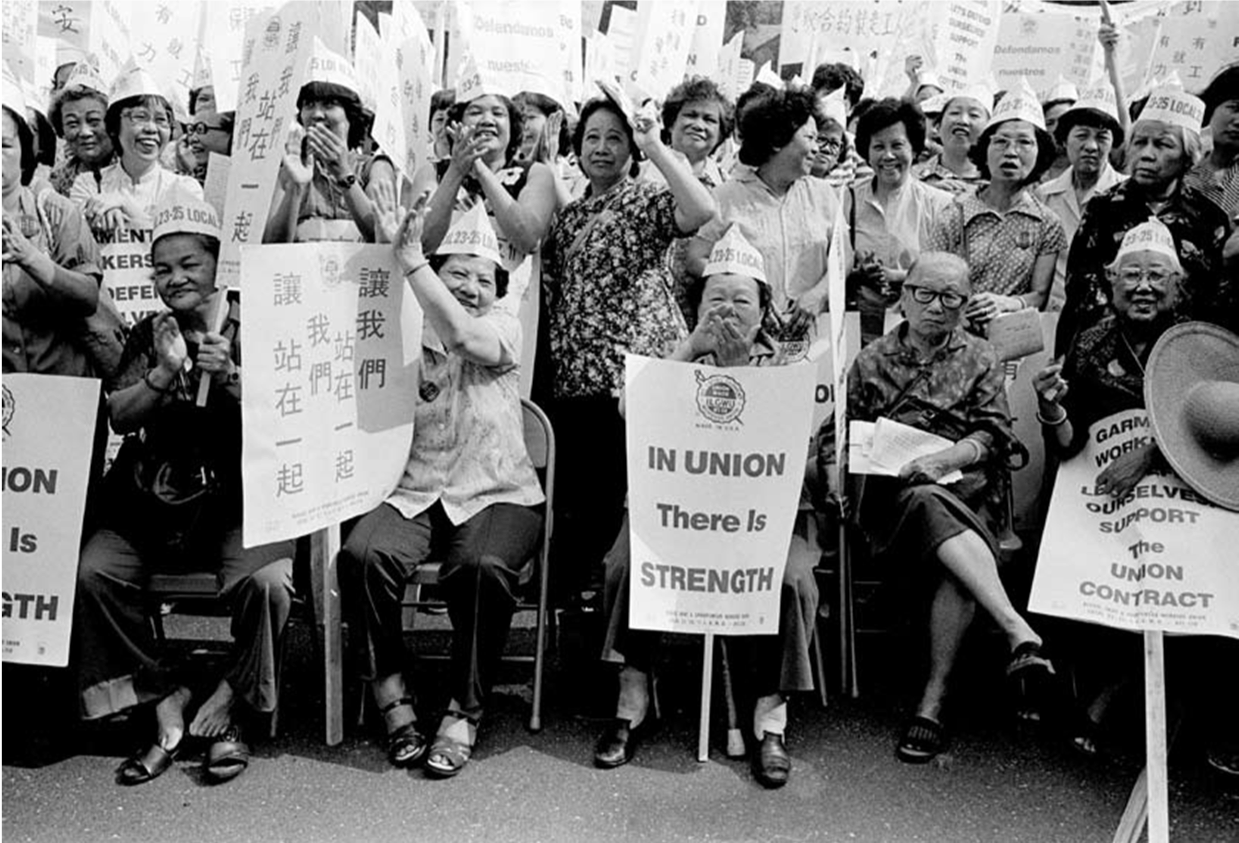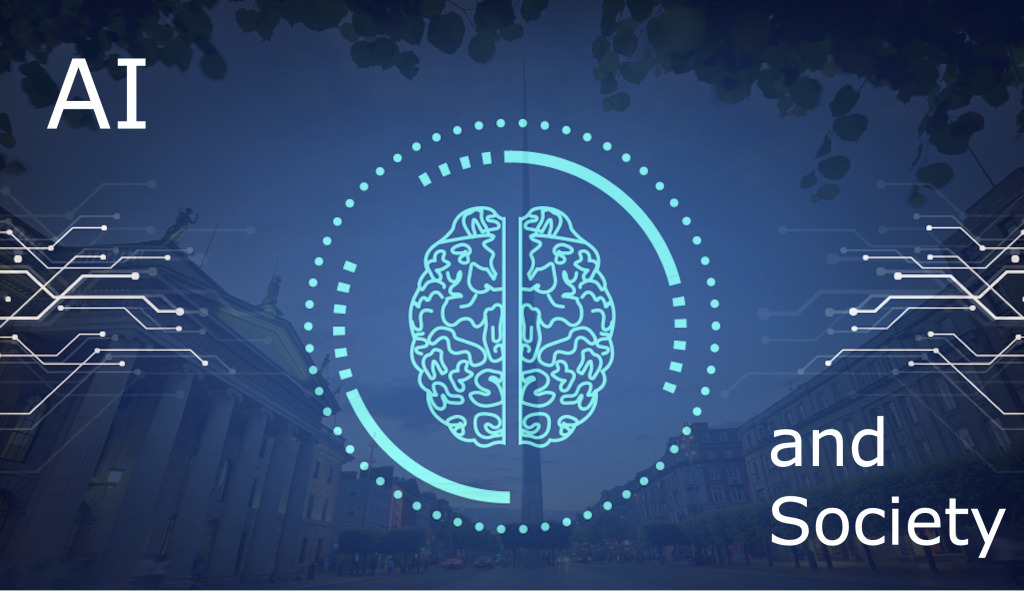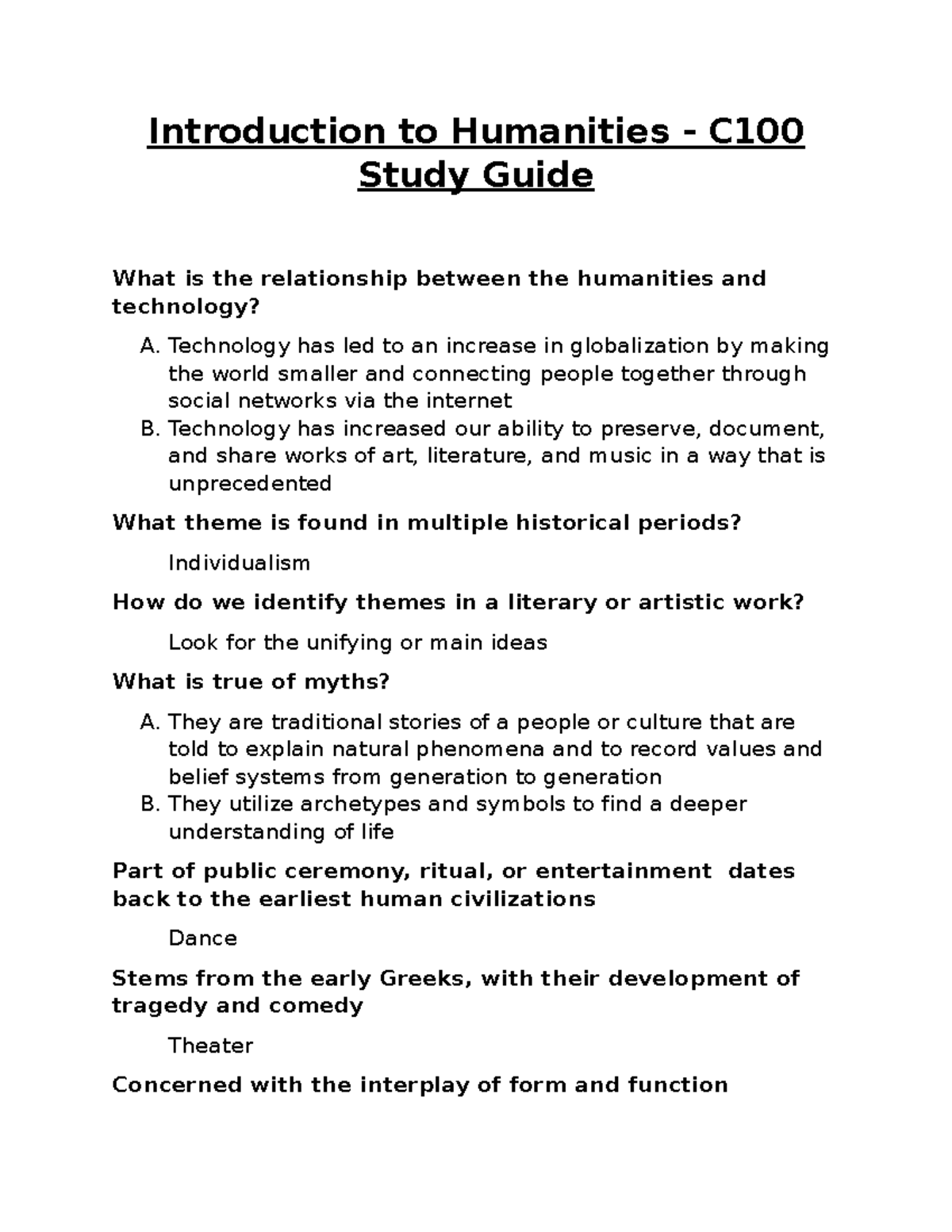Asian American women’s history is a rich yet often overlooked narrative that reveals the complex experiences of Asian American women throughout time. From the painful erasure of stories to the vital roles these women played in shaping their communities, a new exhibit at the Schlesinger Library casts a much-needed light on their contributions. The Schlesinger Library exhibit, titled “Illuminate: Contextualizing Asian American Women’s Stories Through the Archives,” showcases artifacts and photographs that tell these women’s stories, including those of Ainu and Visayan women displayed at the 1904 World’s Fair. This celebration of the history of Asian women challenges assumptions about their roles and highlights the narratives that have been marginalized. By revisiting these profound stories of Asian American women, we can better understand their essential place within the broader tapestry of American history.
Exploring the heritage of Asian women in America presents a critical examination of their evolving roles and experiences. Historical records often reflect the struggles and triumphs of Asian American women, showcasing their resilience in the face of societal challenges. The current exhibition at the Schlesinger Library serves as a testament to why these narratives are essential in understanding the broader context of immigrant experiences in the United States. Engaging with the stories of these women not only honors their legacy but also illuminates the intersections of culture, identity, and activism throughout American history. As we delve into the personal accounts and artifacts, we uncover the profound impact that Asian American women’s narratives have on shaping contemporary discussions around equality and representation.
The Significance of Asian American Women’s History
The history of Asian American women is a rich tapestry woven with stories of resilience, struggle, and triumph that often remain overshadowed in traditional historical narratives. This exhibition at the Schlesinger Library seeks to spotlight those narratives, showcasing the contributions of Asian women who have historically been marginalized. By using the term ‘invisible past,’ the exhibit underscores a crucial point: these stories matter and deserve to be told, as they provide essential context for understanding broader societal narratives and the dynamics of race, gender, and identity in America.
Through an exploration of artifacts, photographs, and personal stories, the exhibit highlights how Asian American women have navigated complex cultural landscapes. From being showcased at world fairs to becoming leading figures in social justice movements, their journeys reveal the intersections of race and gender that shape American history. As curator Victor Betts states, acknowledging Asian American women’s narratives is vital not only for their own sake but also for enriching our collective understanding of who we are as a nation.
Unveiling the Stories Behind the Spotlight
Among the most compelling pieces in the Schlesinger Library’s exhibit are the stories of women like Ah Fong, who fought for their rights in the 19th century, paving the way for generations to come. Her court case exemplifies the legal challenges faced by Asian American women and underscores the import of their contributions to civil society. By showcasing their struggles, the exhibit sparks necessary conversations about visibility and representation, challenging the narrative that has often excluded Asian American women from mainstream historical accounts.
In addition to historical cases, contemporary stories found within the collected artifacts reflect the ongoing fight for justice and equality. The experiences of women such as Grace Zia Chu and Madhur Jaffrey, who have harnessed their voices in the culinary world, demonstrate the diverse avenues through which Asian American women continue to influence the cultural landscape. Their narratives, juxtaposed against the backdrop of oppression, inspire a nuanced appreciation of progress and the work still left to be done in elevating Asian American women’s voices through history.
Intersectionality: The Mixed Experiences of Asian American Women
Intersectionality is a crucial lens through which we can understand the experiences of Asian American women, as their identities are not defined by a single narrative but rather an amalgamation of cultures, challenges, and triumphs. The exhibition at the Schlesinger Library effectively illustrates this complexity by showcasing materials that span various eras and cultural contexts. For example, the inclusion of political posters related to events such as the Chinese Exclusion Act and Japanese American internment allows viewers to see how laws and societal attitudes have uniquely impacted Asian American women throughout history.
Additionally, the exhibition addresses how these women’s experiences have evolved over time, moving from the shadows of history into positions of prominence in contemporary society. Artist Shaina Lu’s work serves as a metaphorical bridge connecting the past with the present, reflecting on the struggles faced by Asian American women in their quest for representation and justice. This powerful interplay of art and history highlights that while the legacies of Asian American women are often obscured, they are an integral part of the American narrative.
The Role of Education in Preserving Asian American Women’s Narratives
Education plays a pivotal role in bringing Asian American women’s narratives to the forefront, as exemplified by the course co-taught at Harvard’s Schlesinger Library. Students engage directly with archival materials, fostering a collaborative environment for discovery and discussion about the often overlooked stories of these women. This hands-on approach not only enriches students’ understanding of history but also encourages them to critically analyze the ways in which narratives are shaped, preserved, and presented.
The commitment to education underscores the importance of academic institutions as spaces for inclusivity and representation. By turning the spotlight on Asian American women’s history, educators like Victor Betts and Erika Lee are setting a precedent for future scholarship that prioritizes diversity and inclusivity. As students explore the complexities of these narratives, they emerge better equipped to advocate for justice and equity, ensuring that the stories of Asian American women are not only heard but celebrated.
Art as a Catalyst for Change in Asian American Women’s Narratives
Art has always served as a powerful medium for expression and advocacy, particularly for marginalized communities. In the context of the Schlesinger Library exhibit, artists like Shaina Lu use their work to bring awareness to the historical challenges faced by Asian American women. The incorporation of contemporary art into archival presentations allows for a dynamic dialogue between past and present, illustrating how art can challenge stereotypes and reshape societal narratives about Asian American communities.
The interaction between historical materials and modern artistic interpretations emphasizes the importance of creativity in activism. As artists reinterpret historical struggles, they provide new vantage points from which to engage with the stories of Asian American women. This blend of historical and contemporary perspectives invites audiences to reflect on how these narratives can inspire ongoing movements for justice, equity, and representation. The addition of artwork encourages a broader audience to connect with and advocate for the complexities of Asian American women’s histories.
Archival Research: Uncovering Hidden Histories
Archival research plays a crucial role in unearthing the often hidden histories of Asian American women, as demonstrated by the efforts of students and archivists at the Schlesinger Library. Diving into the depths of collections reveals a wealth of untold stories, connecting individuals with their past and shedding light on the contributions of those who may have been forgotten by history. Such research practices not only recover these narratives but also contribute significantly to the broader discourse on race and gender in America.
By highlighting the archival process, the exhibit illustrates the value of preserving these stories for future generations. The dedication to uncovering hidden histories fosters a sense of responsibility to ensure that the legacies of Asian American women are acknowledged and celebrated. As researchers continue to sift through archives, these efforts ultimately amplify voices that have long been silenced, creating a more inclusive historical record that recognizes the multifaceted experiences of Asian women in America.
The Importance of Public Engagement with Asian American Women’s History
Public engagement is critical in transforming how Asian American women’s history is perceived and understood in society. The Schlesinger Library exhibit serves as a platform for dialogue and reflection, inviting the community to engage with the stories presented and the historical context surrounding them. By doing so, the exhibit fosters a deeper appreciation for the complexities of Asian American women’s experiences and encourages individuals to challenge prevailing stereotypes and assumptions.
Furthermore, public events and discussions surrounding the exhibit can catalyze action within communities. As individuals learn about the historical contributions of Asian American women, they are inspired to advocate for representation and equity in various spheres of life. By expanding the conversation around these narratives, the exhibit plays a vital role in not only educating the public but also motivating collective efforts to address the marginalization of Asian American women’s stories in the historical canon.
A Call to Action: Preserving Asian American Women’s Legacies
The exhibit at the Schlesinger Library is not just a retrospective look at the past; it serves as a call to action for preserving and promoting the legacies of Asian American women. The historical narratives uncovered throughout the display should not only inform but inspire ongoing efforts to honor and amplify the voices of Asian women in contemporary society. As we acknowledge these stories, we also take responsibility for ensuring that they are passed down and celebrated in future generations.
By nurturing a culture that values diversity and inclusivity in storytelling, we can reshape the historical narrative to reflect a more accurate representation of America’s multifaceted heritage. This call to action extends beyond academic and artistic circles; it encompasses community members, educators, and advocates alike. Everyone has a role to play in ensuring that the legacies of Asian American women are woven into the fabric of American history, creating a more equitable landscape for all.
Continuing the Conversation: Future of Asian American Women’s Histories
As the Schlesinger Library exhibit paves the way for the acknowledgment of Asian American women’s histories, it also raises important questions about the future direction of these narratives. Moving forward, it is essential to continue creating spaces that allow for these stories to be told by the women themselves, providing opportunities for self-representation and community involvement. As emerging scholarship focuses more on the intersections of identity and race, the need for visibility and advocacy for Asian American women becomes increasingly pressing.
Additionally, the legacy of the exhibit can inspire future generations of scholars and artists to explore new forms of expression and storytelling. By encouraging a fresh examination of both historical and contemporary narratives, we can create a more nuanced understanding of the Asian American experience. This ongoing conversation will not only ensure that these stories are preserved but will also foster a greater awareness and appreciation for the contributions of Asian American women in shaping our society.
Frequently Asked Questions
What is the significance of the Schlesinger Library exhibition on Asian American women’s history?
The Schlesinger Library exhibition, titled “Illuminate: Contextualizing Asian American Women’s Stories Through the Archives,” highlights the often overlooked contributions and narratives of Asian American women in history. Running until January, the exhibit features artifacts spanning 150 years that encourage visitors to reassess their understanding of Asian and Asian American women’s roles throughout history.
How does the Schlesinger Library exhibit address the erasure of Asian American women’s narratives?
The exhibit addresses the erasure of Asian American women’s narratives by showcasing archival materials that reveal how these women have been forgotten or hypervisible throughout history. It is part of a broader effort to contextualize their stories within significant events like the Chinese Exclusion Act and Japanese American internment, prompting visitors to reflect on the implications of their marginalization.
What role do students play in the Schlesinger Library’s exploration of Asian American women’s history?
Students at the Schlesinger Library have significantly contributed to the exploration of Asian American women’s history through a collaborative course where they research and present on various topics. By utilizing archival materials, they uncover stories that illustrate the complexities of Asian American women’s experiences and contribute to a deeper understanding of their historical significance.
Can you give an example of a story uncovered in the Schlesinger Library’s Asian American women’s history exhibition?
One poignant example is the story of Ah Fong, a Chinese woman who, in 1874, alongside other detained women, filed habeas corpus writs challenging their detention at the Port of San Francisco. This case not only highlights the legal struggles faced by Asian American women but also played a crucial role in the landmark Supreme Court case Chy Lung v. Freeman that defined immigration regulation.
What types of materials are included in the Schlesinger Library’s exhibition on Asian American women’s history?
The exhibition includes a diverse array of materials such as photographs, political posters, comic books, zines, and personal archives that reflect the lives and contributions of Asian American women. These items are presented in the context of major historical events, providing a rich narrative tapestry that emphasizes their significance in American history.
How does artist Shaina Lu’s work enhance the exhibition on Asian American women’s history at the Schlesinger Library?
Shaina Lu’s artwork enhances the exhibition by providing a visual interpretation of the themes presented. Her translucent illustrations allow natural light to interact with the archival materials, symbolically illuminating the often-hidden stories of Asian American women and emphasizing their vital roles in community organizing and activism throughout history.
What does Victor Betts suggest about the importance of Asian American women’s history?
Victor Betts underscores that Asian American history is integral to American history as a whole. He suggests that recognizing and valuing the contributions of Asian American women within the broader context of U.S. history is essential for a complete understanding of the nation’s past, and this omission raises questions about historical narratives and whose stories are told.
| Key Point | Details |
|---|---|
| Schlesinger Exhibit | Focuses on the largely invisible past of Asian American women, showcasing their stories and representation. |
| Historical Artifacts | Includes photographs of Ainu and Visayan women from the 1904 World’s Fair, emphasizing the forgotten narratives in archival records. |
| Academic Collaboration | Involves students and archivists working together to highlight Asian American women’s history through a spring course at the Schlesinger Library. |
| Themes of Erasure | Explores how Asian American women have been marginalized or hyper-visible in historical narratives, asking critical questions about their representation. |
| Significant Cases | Highlights cases like Ah Fong’s, which contributed to immigration law while showcasing the legal struggles of Asian American women. |
| Contemporary Voices | The exhibition contrasts earlier narratives with contemporary accounts where Asian American women tell their own stories, reflected in newer archival collections. |
| Cultural Artifacts | Displays a mix of photos, posters, and zines that situates Asian American women’s experiences in key historical events. |
| Artistic Contributions | Incorporates art by Taiwanese-American artist Shaina Lu to enhance the storytelling aspect of the exhibition. |
Summary
Asian American women’s history is an integral part of the broader narrative of American history that has often been overlooked. The recent exhibition at the Schlesinger Library entitled “Illuminate: Contextualizing Asian American Women’s Stories through the Archives” sheds light on the hidden narratives and contributions of Asian American women. By employing archival photographs and various artifacts, the exhibit not only revisits historical instances of marginalization but also celebrates the resilience and agency of these women throughout American history. Through academic collaborations and contemporary storytelling, the exhibition encourages deeper engagement with the past, urging us to acknowledge and honor the voices that have shaped our collective history.


